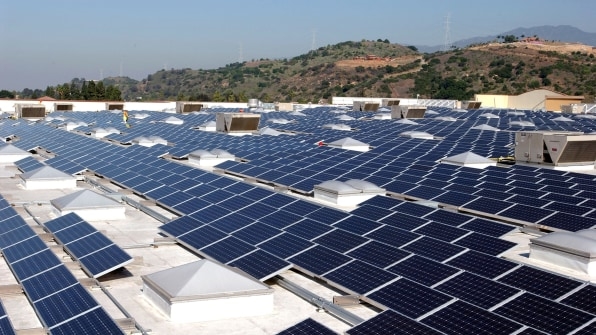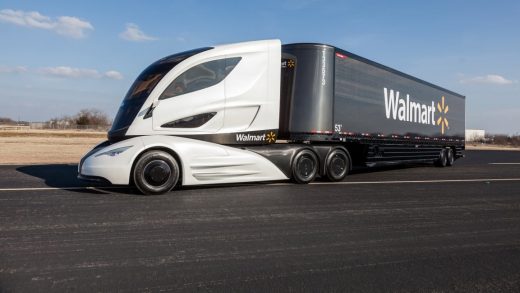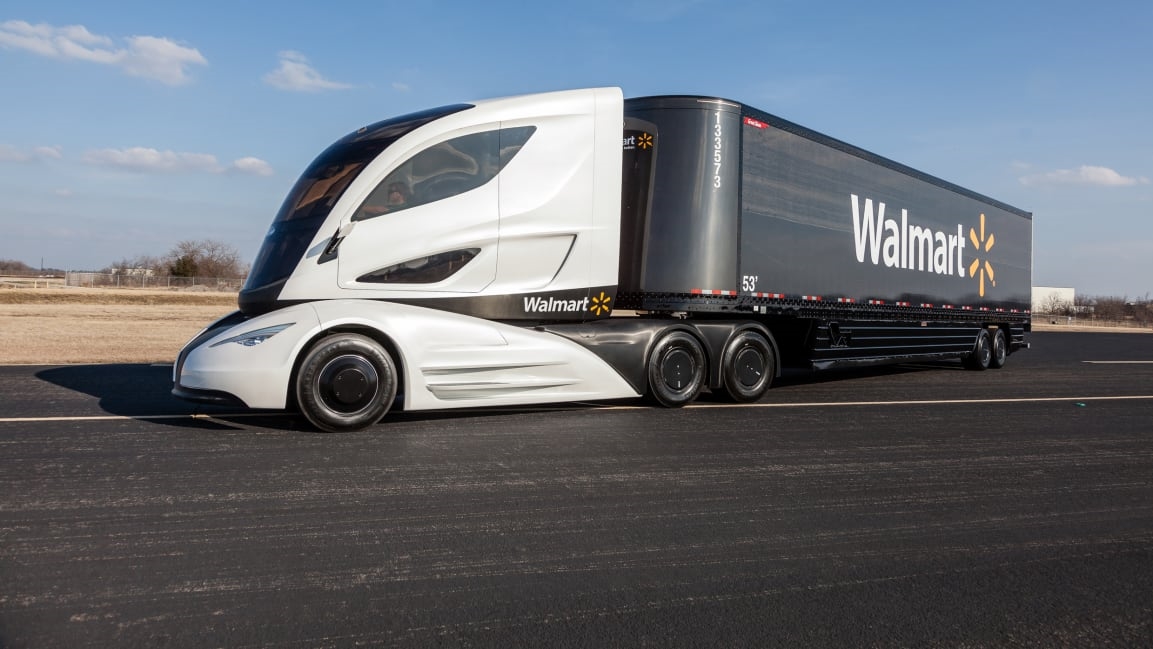Walmart says it will reach zero emissions by 2040—without using any offsets
When companies set targets to get to zero emissions, they often aim for “net zero,” using carbon-offset projects like tree planting to make up for the fact that they haven’t fully stopped polluting. A new goal from Walmart goes further: By 2040, the company plans to reach zero emissions across its global operations without using any offsets. In other words, it’s aiming for real zero, not net zero.
“Collectively, as a society, we have to not only stop emitting, but we actually have to draw down carbon out of the atmosphere to avoid the worst effects of climate change,” says Kathleen McLaughlin, Walmart’s executive vice president and chief sustainability officer and president of the Walmart Foundation. “It’s more than just lowering emissions—we have to bend the curve and draw down. So we believe that means eliminating emissions from operations and going beyond that, doing additional projects, to sequester carbon.”
The goal, in line with the goal of the Paris climate agreement to limit global warming to 1.5 degrees, only applies to Walmart’s operations, not the massive footprint of its supply chain. (The company is separately working with suppliers to reduce their emissions, too, though it doesn’t yet have a goal of zero emissions in the supply chain.) But with more than 11,000 stores around the world, along with distribution centers and thousands of trucks in its fleet, its operations are significant. In its most recent report, the company said that its operations were responsible for more than 18 million metric tons of carbon emissions in 2018.

As part of the transition, the company will reach 100% renewable energy by 2035 as it simultaneously works to make buildings more efficient. Today renewables make up 29% of its energy use, both through on-site installations like solar panels on rooftops, and through agreements to add new wind and solar plants to the grid. “We’ve added 1.2 gigawatts of renewable generation capacity through our procurement in the U.S. just between 2018 and 2019,” McLaughlin says. The company is also eliminating other emissions by switching to low-impact refrigerants, since refrigerants are an especially potent source of pollution, and moving away from fossil fuels for heating or in equipment like the machines to make rotisserie chickens.
The trucks that move goods around its massive network of stores are a bigger challenge. Tesla and other manufacturers are bringing electric semi trucks to the market, and Walmart is among the companies with the trucks on order; Walmart Canada, for example, is ordering 40 of Tesla’s trucks and plans to reach zero emissions for transportation by 2028. But it will still require major advancements in technology and new charging infrastructure, especially on long routes, before Walmart’s fleet can fully electrify. “When it comes to the long haul, the challenge for our fleet to fully convert it to fossil-fuel-free is the distance and the load, and the infrastructure requirements around recharging at the scale that we are,” she says. Where the distances it needs to move goods are shorter, as in Europe, the transition can happen faster.
As Walmart works to eliminate emissions, the company and its foundation also have a new goal to protect and restore at least 50 million acres of land and one million acres of the ocean over the next decade. “There is as urgent a need to reverse nature loss as there is to reverse or bend the curve on carbon emissions,” McLaughlin says. The company is mapping out where its products come from, and working with suppliers on programs like regenerative agriculture, a set of practices that can improve the health of soil. “Our aspiration is to transform the way products are sourced, so that it actually becomes regenerative,” she says.
(32)



